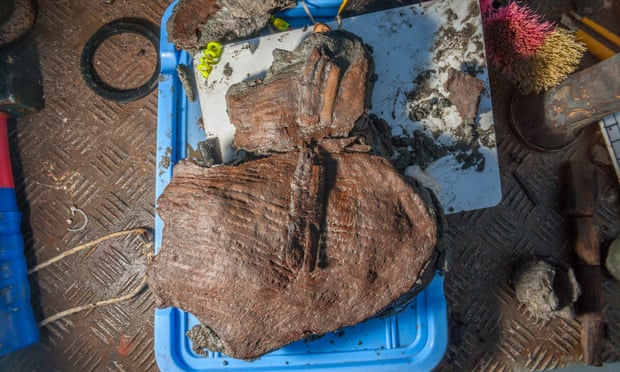Hundreds of ancient Egyptian-Greek ceramic artefacts and bronze treasures have been uncovered amid the submerged ruins of Egypt’s near-legendary city of Thonis-Heracleion.
They have remained unchanged since the city vanished beneath the waves in the second century BC, then sank further in the ninth century AD as a result of terrible natural disasters such as an earthquake and tidal waves.
Before Alexander the Great constructed Alexandria in 331BC, Thonis-Heracleion – the city’s Egyptian and Greek designations – was Egypt’s largest harbour on the Mediterranean for decades.
However, the massive complex in Aboukir Bay in Alexandria had been forgotten until it was rediscovered two decades ago by French marine archaeologist Franck Goddio, in one of the most significant archaeological discoveries in modern history.
Among the artefacts from an affluent civilisation trapped in time were colossal statues. In 2016, the British Museum featured several of the findings in a major exhibition.
Goddio has been astounded by recent revelations. According to the Guardian, he described the fruit baskets as “amazing,” having remained unaltered for almost 2,000 years.
They remained filled with doum, a sacred African palm fruit to the ancient Egyptians, as well as grape seeds.
“There was no disturbance,” he stated. “Seeing baskets of fruits was rather startling.”
“One possibility for their survival is that they were placed in an underground room,” Goddio said, stressing the potential for a funeral connotation.
It is located within an area where Goddio and his crew unearthed a sizable tumulus (a mound erected over burials) – approximately 60 metres long by 8 metres wide – with rich Greek funerary offerings.
They date from the early fourth century BC, when Thonis-Heracleion was home to Greek merchants and mercenaries. At the mouth of the Canopic branch of the Nile, the city controlled the entrance to Egypt.
